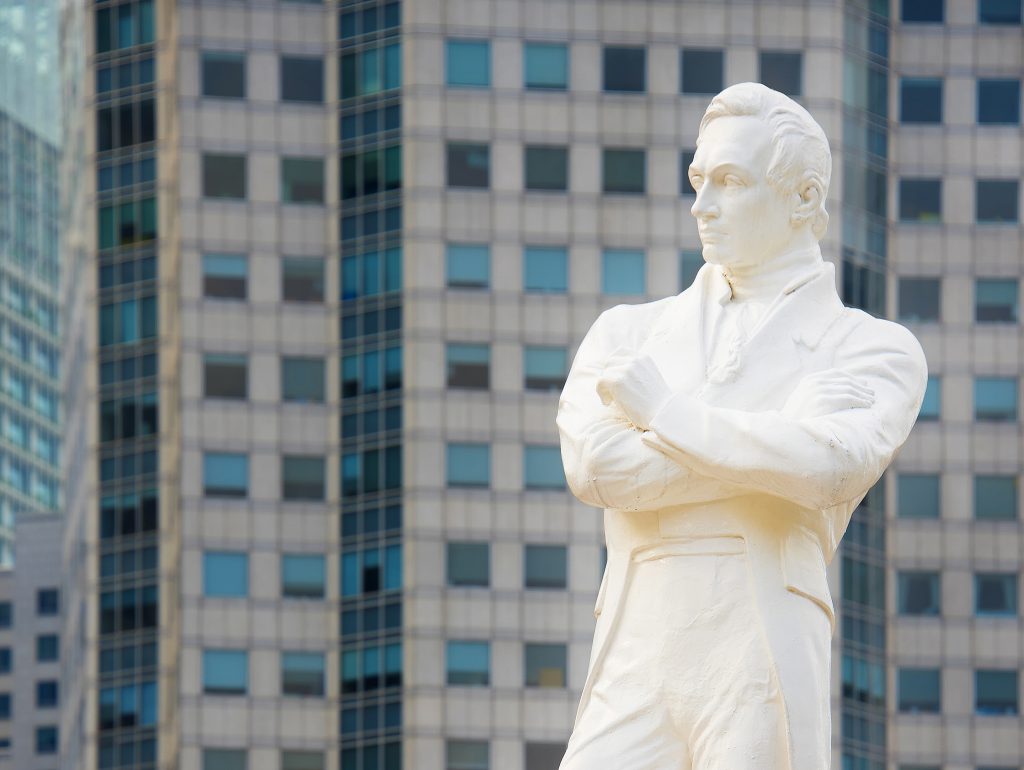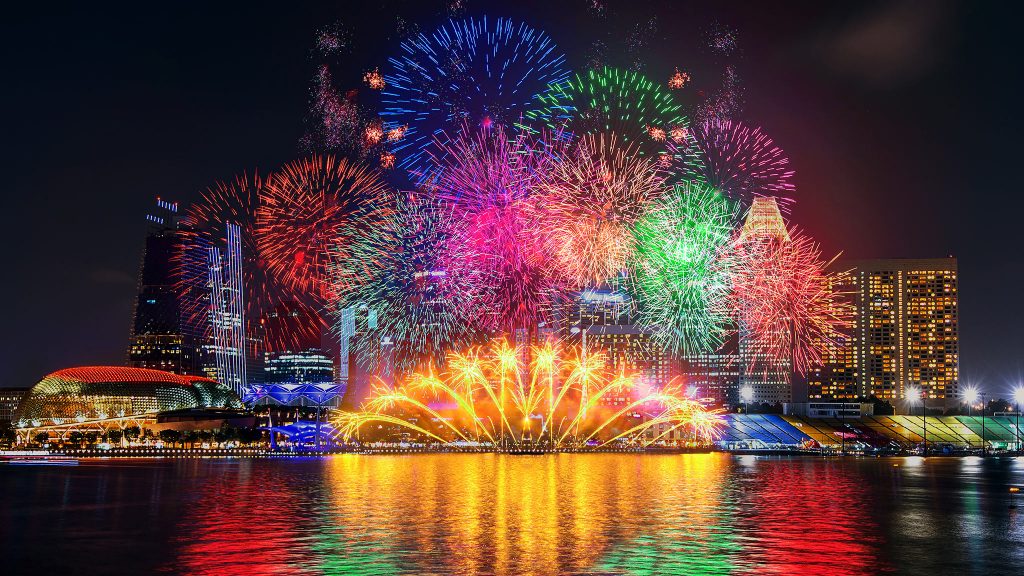The vibrant island, city-state of Singapore has a rich and chequered past, dating back to the 13<sup>th</sup> century. Its strategic location, fascinating history and dynamic people have led to its being the exciting place which it is today.
EARLY HISTORY
The first settlement on the site of Singapore was mentioned around AD 1298 and was aptly named ‘Temasek’, which means ‘Sea Town’. It was not until the 14th century that it earned its current name of ‘Singapura’, which means ‘the Lion City’ derived from the Sanskrit words for ‘lion’, which is ‘simha’ and ‘city’ which is ‘pura’. Legend has it that Prince Sang Nila Utama, left his home in Palembang to go out hunting. As he hunted, he caught a glimpse of a magnificent animal, which he had never seen before. Believing this to be a fortuitous occurrence, he decided to found a city at the place where the animal – a lion – had been seen.
The city subsequently came under the rule of the five kings of ancient Singapura, flourishing as a trading post, due to its location at the very tip of the Malay Peninsula, at the meeting point of major trading routes leading to and from Asia.
THE FOUNDING OF MODERN-DAY SINGAPORE

Sir Thomas Stamford Raffles, known as the founder of modern-day Singapore, was then the Lieutenant General of Bencoolen in Sumatra. He famously landed in Singapore on 29th January 1819 and saw immediately the potential of this sparsely populated, marshy island. He was able to negotiate a treaty with the local rulers, which established Singapore as a free port and trading station setting the path for its transformation into the thriving port city it is today. The city grew quickly, as its port became a significant trade hub attracting immigrants from important trading centres in the region such as China, India and the Malay Archipelago.
WORLD WAR II
World War II brought an abrupt halt to Singapore’s prosperity. The city was attacked from the north by the Japanese on 8th December 1941, taking the British military commanders by surprise, and resulting in the largest surrender of British-led forces ever, on 15th February 1942. Singapore was under Japanese control until 1945, when they yielded Singapore to the British Military Administration. The next year, in April 1946, following the dissolution of the Straits Settlement, which governed Penang, Melaka and Singapore, Singapore became a British Crown Colony.
THE ROAD TO INDEPENDENCE

In 1959 a growing desire for self-government led to the country’s first general election in which Lee Kuan Yew, of the People’s Action Party (PAP), was elected as the first Prime Minister of Singapore.
In 1963, Singapore joined the Federation of Malaya, Singapore, Sarawak and North Borneo (now Sabah) to form Malaysia. The merger was not successful, however, and less than two years later on 9 August 1965, Singapore left Malaysia, declaring itself an independent and sovereign democratic nation.
Many of the remnants of Singapore’s colourful past have been preserved in and around the city and can be explored by today’s visitor. Its monuments and museums documenting its colonial, wartime and multi-cultural history will definitely help bring the island’s history to life.